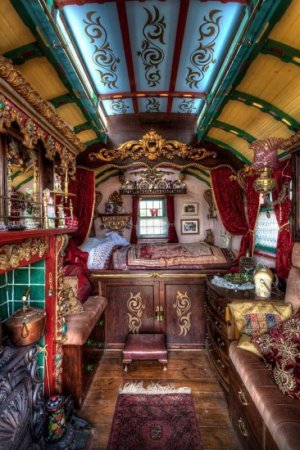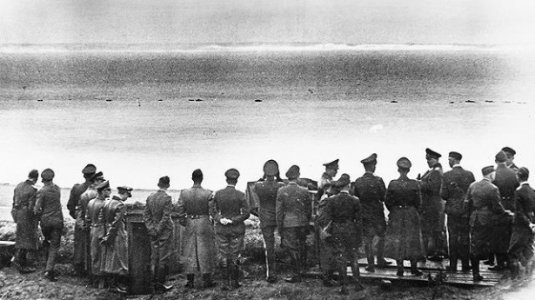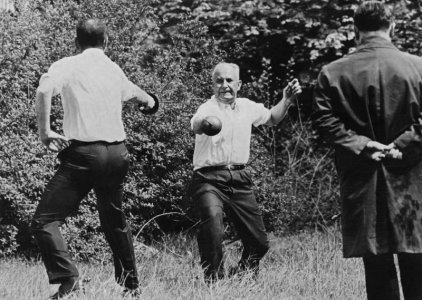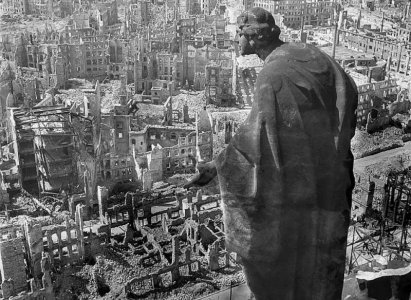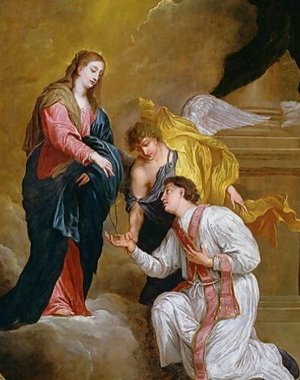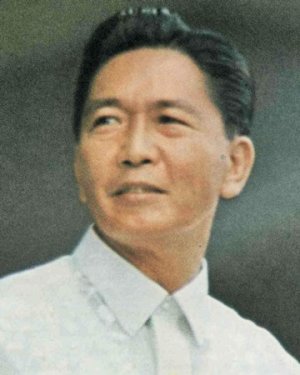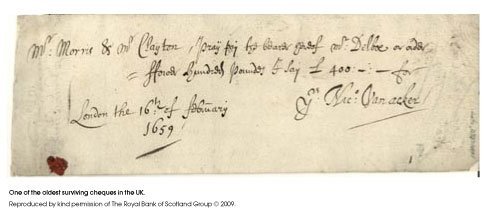RnR
Member
- Location
- Gold Coast, Queensland
Probably all to do with Alfred Wallace IMO. Alfred Russel Wallace OM FRS, 1823 – 1913, was a British naturalist, explorer, geographer, anthropologist, biologist and illustrator. He is best known for independently conceiving the theory of evolution through natural selection; his paper on the subject was jointly published with some of Charles Darwin's writings in 1858. This prompted Darwin to publish On the Origin of Species.Very important guy in my view, building on the work of his father, and others ji believe, but he felt the need MTO sit on his manuscript for thirty years before publishing "Origins of species", so worried was he of the likely backlash, and he found a politicians to support his publishing his findings before doing so too.
Alfred Russel Wallace.


